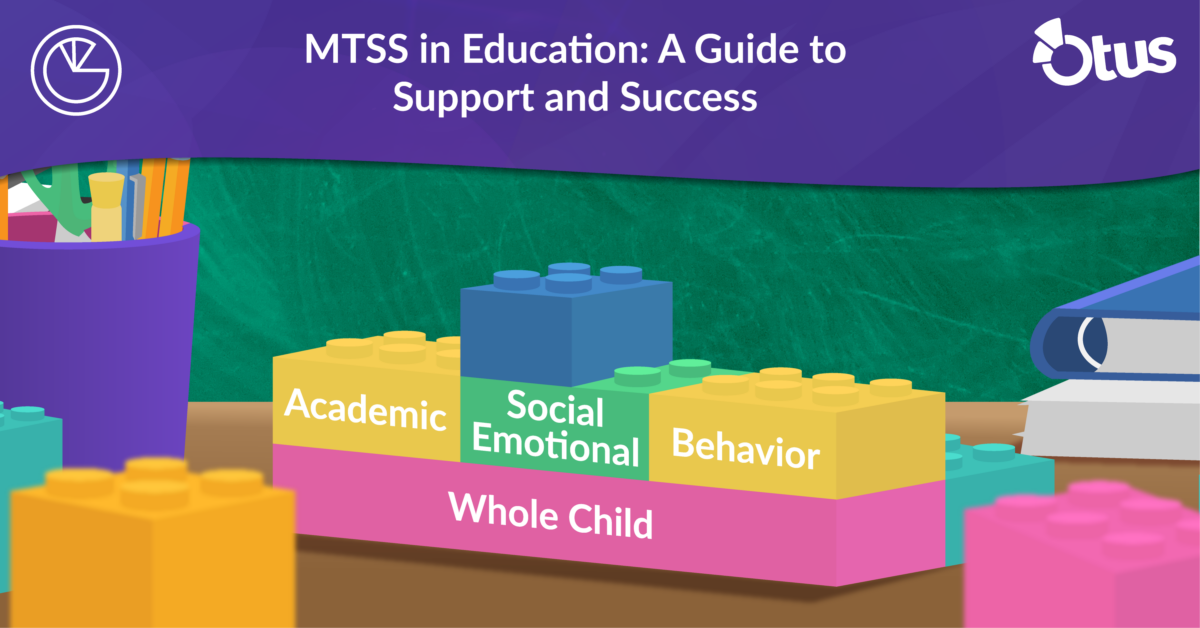This is part one of three about culturally responsive teaching and learning with Otus. Part one discusses culturally responsive classroom management.
As we lead diverse classrooms, we need to reimagine culturally responsive classroom management. Realizing that the ultimate goal of classroom management is not to achieve compliance or control but to provide all students with equitable opportunities for learning will demonstrate our belief in our students and their capacity to learn.1
Inclusive learning environments provide culturally responsive teachers with opportunities to address the educational needs of all students. Managing diverse classrooms means all students are educable no matter their socio-economic status or background.2
Likewise, responsive learning often reflects cultural perspectives in established and inclusive instructional environments that exhibit school values. Every member of a school community is able to contribute to the culture of schooling. Organizational values provide the foundation for inclusive learning and all stakeholders are responsible for the success of each student. When we lead by example, we establish positive habits and frame school values as expected behaviors that support safe, equitable, and responsive learning for all students.3
Similarly, educators can draw upon students’ cultural traits in the educational process to create a sense of community in the culturally responsive classroom and promote equal access to learning. Otus can reinforce culturally responsive teaching and learning best practices by supplying educators with these tools to manage and connect diverse classrooms:4
- Seating Chart: The Otus Seating Chart can reveal physical organizations of group-oriented classrooms.
- Attendance: Culturally responsive classroom environments realize the importance of attendance upon the functioning of a cohesive classroom group. Attendance analytics in Otus can show consistent attendance or lack thereof.
- Class Board: The Otus Class Board provides educators with the opportunity to communicate the importance of any announcement or reminder for students and families.
- Mailbox: The Otus Mailbox enables educators to text and email students and families. Teachers who reach out to families are open to learning, have the greatest success in involving them in their children’s education, and advocate for the collaboration between family and school to devise strategies for the best interest of the student.5
Otus can support educators and schools driven to connect with students in diverse classrooms. With tools to foster culturally responsive classroom management, educators can realize the ultimate goal of classroom management and reflect on how decisions in connected learning environments provide all students with equitable opportunities for learning and success.6
References
1. Carrie Rothstein-Fisch and Elise Trumbull, Managing Diverse Classrooms: How to Build on Students’ Cultural Strengths (Alexandria, VA: Association for Supervision and Curriculum Development, 2008); Randall B. Lindsey, Michelle Karns, and Keith Myatt, Culturally Proficient Education: An Asset-Based Response to Conditions of Poverty å(Thousand Oaks, CA: Corwin, 2010); and Carol Weinstein, Mary Curran, and Saundra Tomlinson-Clarke, “Culturally Responsive Classroom Management: Awareness into Action,” Theory Into Practice 42, no. 4 (2003): 269-76,
2. Rothstein-Fisch and Trumbull, Managing Diverse Classrooms.
3. Lindsey, Karns, and Myatt, Culturally Proficient Education; and Jordan Lanfair, “Matching Student Resources With Student Experiences,” Edutopia’s Education Equity (blog), Sept. 7, 2016, http://www.edutopia.org/blog/matching-student-resources-student-experiences-jordan-lanfair.
4. Lindsey, Karns, and Myatt, Culturally Proficient Education.
5. Ibid.; and Weinstein, Curran, and Tomlinson-Clarke, “Culturally Responsive Classroom Management.”
6. Rothstein-Fisch and Trumbull, Managing Diverse Classrooms; Lanfair, “Matching Student Resources”; and Weinstein, Curran, and Tomlinson-Clarke, “Culturally Responsive Classroom Management.”




